Your handy 1973–79 Ford F-Series buyer’s guide
The 1973–79 Ford F-Series presents an intriguing mix of old-school engineering and forward-thinking design. Although the model carried over the basic platform of the previous-generation truck almost entirely—a chassis whose roots stretched all the way back to 1965—the truck in many ways pointed toward the future of Ford’s pickup strategy.
Many of Ford’s decisions surrounding the ’73–79 trucks were made in the shadow of three enormous cultural shifts in the automotive industry. The first was the OPEC oil embargo, a crisis that quadrupled gas prices almost overnight and spelled doom for large-displacement V-8 engines and entire classes of overwrought Detroit metal by the end of the decade. The embargo’s effects were compounded by the introduction of strict emissions standards that dragged down horsepower and performance across nearly every category of vehicle during the same period.
At the same time, trucks were enjoying a moment of cultural relevance sparked in part by the giant steps taken by Chevrolet’s 1967–72 C10 pickups, which added substantial creature comforts and dramatically improved ride comfort compared to their predecessors. The C10 helped position trucks as daily drivers, an image that boosted sales by expanded their appeal beyond the farm-and-construction crowd they had traditionally targeted.
The introduction of the Ford F-150 in 1975 combined all three of these influences into one single vehicle design. Featuring a heavier gross vehicle weight rating than the standard F-100, which had arrived two years beforehand, the F-150 was both exempt from certain emissions standards as well as more capable than its sibling, ensuring continued access to Ford’s mightiest big-block V-8 engines. The company also doubled down on skirting EPA regs by introducing the long-wheelbase F-350 in 1973 as its heavy-duty, tradesman-spec truck with an even heftier payload capacity.

Although the company had expected the smaller, Mazda-based Courier compact pickup to capture most customers seeking a commuter truck, the combination of power and comfort presented by the F-150 quickly made it a runaway success. By 1977, the F-Series was the best-selling truck in America. Nearly 50 years later, it’s never let go of that accolade.
Needless to say, Ford built millions of F-Series trucks between 1973 and 1979. While most were ridden hard and put away wet, or treated as disposable line items on the job site, hundreds of thousands of affordable restoration candidates are still out there, mixed in with driver-quality and survivor trucks. One of the more overlooked generations of F-Series, the ’73–79 models are simple to work on, generally inexpensive to purchase, and easy to drive in a modern context.
Charting the changes
The 1973–75 models introduced the “dentside” look, with a long indentation running from the top of the front quarter-panel all the way to the rear. F-O-R-D was spelled out across the top of the egg-crate grille, framed by rectangular turn signals on each side, with a set of round headlights below. The grille itself was bisected by an upright piece of chrome.
Door handles were recessed into the sheetmetal, and larger, curved panels of glass were found on the front, rear, and sides of the cabin. Smooth “styleside” and “flareside” cargo beds were available, as were chassis-cab and stake bodies. (The F-350 introduced dual rear-wheels.) In 1974, Ford added the SuperCab option, which extended the truck’s wheelbase by 22 inches and introduced the choice of either a rear bench (allowing the truck to seat six) or a set of jump seats.
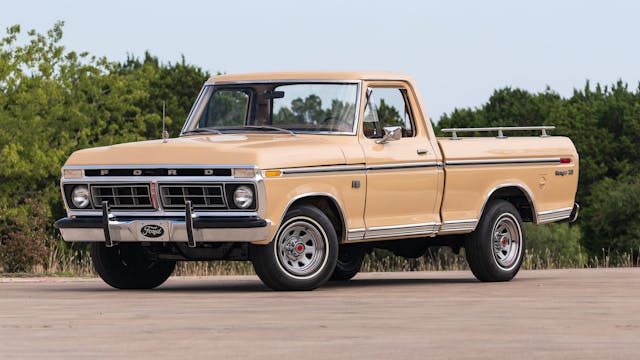
Starting in 1976, the headlights gained a square frame. The grille’s egg-crate look was also revised. In 1977, identifying badges were moved from the lower part of the fender and the tailgate to a position just above the dent line near the start of the A-pillar. A fuel-filler door replaced the previously exposed cap. In 1978, the final set of updates were made to the generation’s looks, including a smaller grille, the migration of the F-O-R-D call-out to a set of chrome letters at the front of the extended clamshell hood, and a new set of chrome surrounds for the vehicle’s rectangular headlights (with turn signals sitting underneath them).
Setting the trend for all Ford pickups to follow, the 1973–79 trucks delivered an extensive options list across all model years. In general, later trucks had access to a longer list of available features, were quieter, and delivered higher levels of fit and finish.
The first two years of production consisted of the F-100, F-250, and the F-350, with the F-150 appearing in 1975. Numerous trim levels were available, with the Custom Ranger, Explorer, Custom, Ranger XLT, and Ranger Lariat some of the most commonly found badges available across the F-100, F-150, and F-250 spectrum.
The Ranger trim levels were most notable for their modern levels of interior luxury, including color-keyed interior fabrics, wood-tone appliqués, and headlining, plus sound insulation worthy of a Ford sedan. The 1978 Ranger Lariat foretold of our future with King Ranch–grade trucks, complete with decadent velour and vinyl seats, shaggy carpets, and button-tufted trim inside, with forged aluminum wheels and two-tone paint jobs outside. The F-350 shared some of these appellations, while adding its own unique trims such as the Super Camper Special (from 1977 onwards, just the “Camper Special”).

A few notable, special-edition F-Series trucks were produced during this period. For 1976, Ford build a Bicentennial Edition that came with extroverted eagle decals along the side, a plaid interior, and an eagle badge on the glovebox door. In 1977, the Free Wheelin’ package installed rainbow decals along with a push bar and blacked-out grille and interior details.
In 1979, an Indy 500 Pace Truck was offered, featuring a roll-bar and extensive stickering that broadcast its association with the world’s most famous open-wheel race. (NB: Not all of these trucks have the “Official Truck” stickers installed; they were applied at the owner’s discretion). Thousands of these Indy 500 pickups were built, but much more rare is the F-350 “Official Race Wrecker” sticker package destined exclusively for tow trucks.

An available full-time 4×4 setup arrived in 1974, while a unique F-250 “Highboy” was manufactured from 1973 to 1977 that featured a divorced transfer case and a six-inch ride height boost over the standard, two-wheel drive version of the truck. SuperCab trucks didn’t get four-wheel drive of any kind until 1978, while the F-350 only made it available for the final model year (1979).
Under the hood, 1973–74 F-100 trucks carried over slightly detuned inline six-cylinder engines (240 and 300 cubic inches), a small-block V-8 (302 cu-in) and a trio of big-block V-8s (360-, 390-, and 460 cu-in). Using SAE’s revised “net” horsepower calculations, power ranged from 115 ponies at the low end up to 245 horses for the 460 cu-in engine. The F-250 and F-350 had access to the 300 inline-six and all three big-blocks.
In 1975, the F-150 arrived, and its regs-flaunting GVWR allowed it full access to every engine in the Ford stable, including the 460-cu-in engine, with no need for a catalytic converter. The 240-cu-in six was struck from the order sheet, replaced by the 300-cu-in six, which was standard for all but the Supercab versions of the F-100 and the F-150.
Remarkably, horsepower remained similar across the line-up through 1976. The following year the 390-cu-in V-8 was replaced by a 169-hp, 400-cu-in small-block, and a 351-cu-in version of the same design stepped in with 160 horses to replace the 360. The 460-cu-in remained as the only available big-block, with output cut to 220 hp. This lineup held fast until the end of production in 1979.
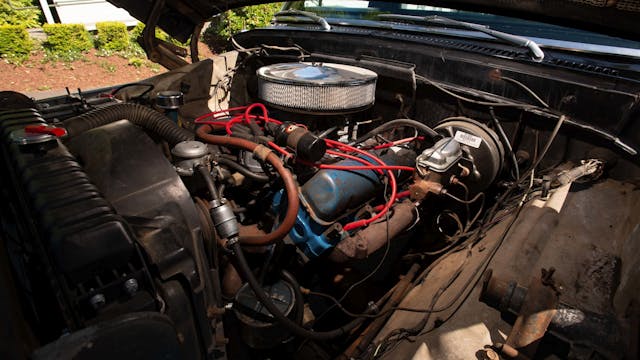
A couple of notes: Neither the 390 nor the 460 engine was available with four-wheel drive. It’s also important to remember that these trucks were like Legos, and over the years engine swaps were common. Emissions gear also crept into the picture over the course of the F-Series’ 70s run, particularly those built for the California market. This equipment took the form of catalytic converters (found on all F-100 trucks), smog pumps, and for Ford cars, but not trucks, a computer-controlled ignition system called EEC-I and EEC-II. Still, you might find this equipment retrofitted to pickups.
Transmission choices for the F-Series during this period consisted of a three-speed manual (’73–77) and a four-speed manual (’78–79) for two-wheel drive models, or a three-speed automatic that was an option across the board. Four-wheel drive pickups and the F-350 featured a four-speed manual transmission as standard equipment for the entire production run.
As you inspect
The VIN number is the most effective tool for understanding what equipment the truck you’re looking at came with. The VIN plate (also called the warranty plate) is mounted on the driver’s door, but in case that’s missing you can also find it (although not easily) on the top of the passenger side of the frame, as well as in the engine compartment. Since it’s relatively easy to swap on another door or plate, most vehicle titles will use the frame stamping as the “official” VIN for the pickup.
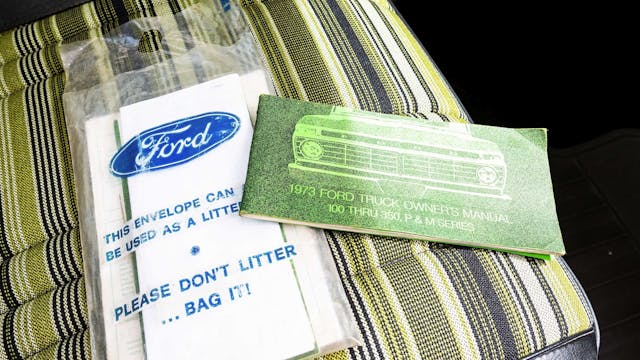
Fordification.net offers an excellent decoding tool that breaks down just how complicated these numbers can be. The number is 11 characters long, starting with a letter then two numbers that show the “series” of the truck (F100, F150, etc). The fourth letter describes the engine, the fifth identifies the plant where the vehicle was assembled, which is followed by the serial number (a letter and then five numbers). The serial number sequence determines the model year of the truck.
If you’re looking at the actual warranty plate and not the frame VIN, you’ll also notice a line beneath that contains further information about the vehicle. This includes, in order: the wheelbase, color code, model code again, the body code, transmission code, and axle code. A third line on the plate explains the vehicle’s GVWR, as well as the district where it was originally sold. The latter includes specific cities and whether it was built for government or export use.
Before you buy
For a detailed explanation of Hagerty’s 1-to-4 vehicle-condition rating scale, click here.
As with any truck from that era, the 1973–79 Ford F-Series is extremely prone to rust. This is especially true if the vehicle hailed from the northeastern corner of the United States, where road salt was (and is) a way of life for half the year. Although starting in 1977 Ford used additional pre-coating for body metal, as well as galvanized steel in certain areas (backed up by splash guards intended to reduce water intrusion), corrosion is still a major issue.
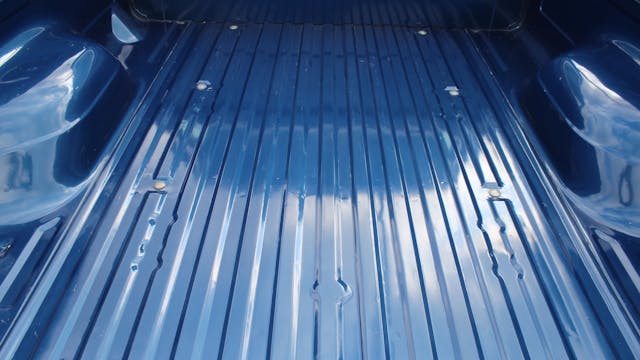
“You’ll want to look at floor boards, cab corners, rocker panels, tailgates, and boxes,” explains Vince DiRienzo of Dennis Carpenter Ford Restorations, the country’s largest supplier of F-Series parts. “It depends where the truck came from, but in many cases it’s not worth trying to restore a northeastern vehicle.”
Fortunately, 90 percent of the components for the F-Series body are currently being reproduced. “We have the original tooling for most of the truck’s key parts, or we’ve built new tooling so we can reproduce what’s not available anywhere else,” says DiRienzo. “We sell a lot of body moldings, scuff plates, tailgates, grilles, and bumpers.”
Mechanically, there are no particular trouble-spots to watch out for, given how simple both the small-block and big-block V-8 engine designs are. The 300-cubic-inch straight six is one of the most reliable motors ever built, and while it might not produce much power, it’s virtually guaranteed to be trouble free.
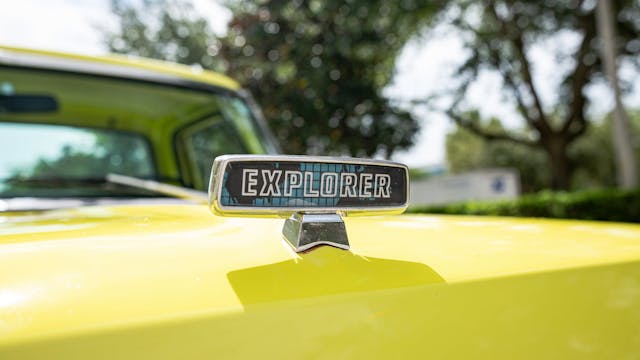
Difficult-to-source parts include anything that was specific to a low-volume trim level. “Some of the Camper Specials had a tool-box door on the bed, for example. We can’t make the molding that goes over the door, no matter how many people ask us to, because it’s impossible to justify the cost of the tooling,” says DiRienzo.
What to pay
Few classic vehicles have enjoyed a recent surge in popularity like classic trucks, including the sixth-generation Ford F-Series. “1967 to 1979 are our most popular years,” confirms DiRienzo. “It’s our number-one catalog in terms of sales.” This is reflected by the fact that Hagerty insures more ’73–79 F-Series than any other Ford truck, with Gen X, boomers, and millennials almost all equally represented among the owners.
According to Hagerty data, however, values have plateaued after a strong push in 2018 and 2019, particularly for driver-quality (#3) trucks or rough, project-level (#4 and below) vehicles. Still, the numbers are impressive: Over the past five years, the median price of a #2 (Excellent) condition F-Series has climbed by an astonishing 191 percent, with early trucks hovering between $30,000 and $40,000. Four-wheel-drive trucks are the biggest prize in the market, with two-wheel drive, six-cylinder models holding up the bottom.
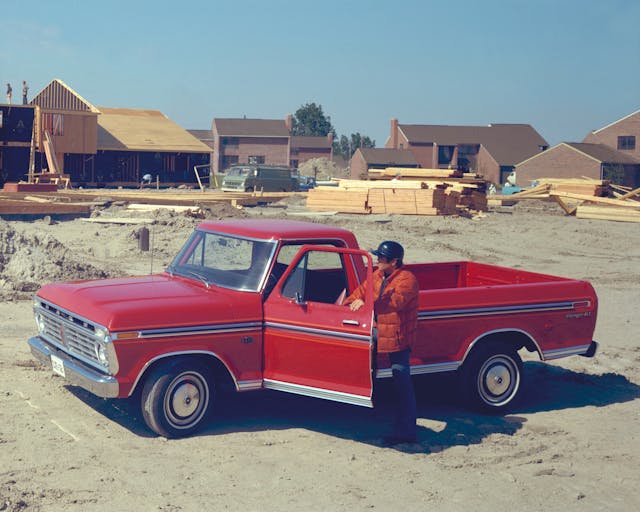
In an unusual twist, F-250 and F-350 workhorse models aren’t on the outside looking in, as their values hew quite close to those of the more common F-100 and F-150 trucks. In fact, the Highboy F-250 with a V-8 is one of the most expensive of the ’73–79 trucks out there, priced at more than $100,000 when found in pristine, world-class #1 (Concours) condition for its final 1977 model year. This is a reflection of just how difficult it is to locate a well-preserved, task-oriented vehicle from that decade.
With project truck prices sitting at under $10,000, it can be tempting to pick up a poorly kept example and then sink money into reproduction parts. As with almost every old automobile, however, this strategy is unlikely to even out financially, in terms of vehicle value, once the restoration is complete. It’s always the best idea to purchase the best-condition truck that fits your budget.
Check out the Hagerty Media homepage so you don’t miss a single story, or better yet, bookmark it.
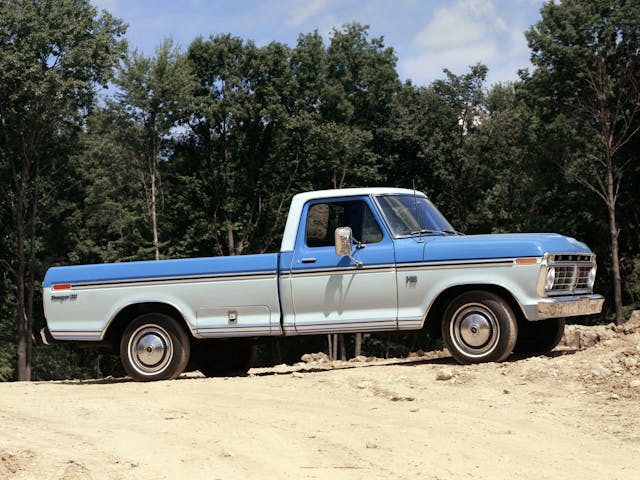
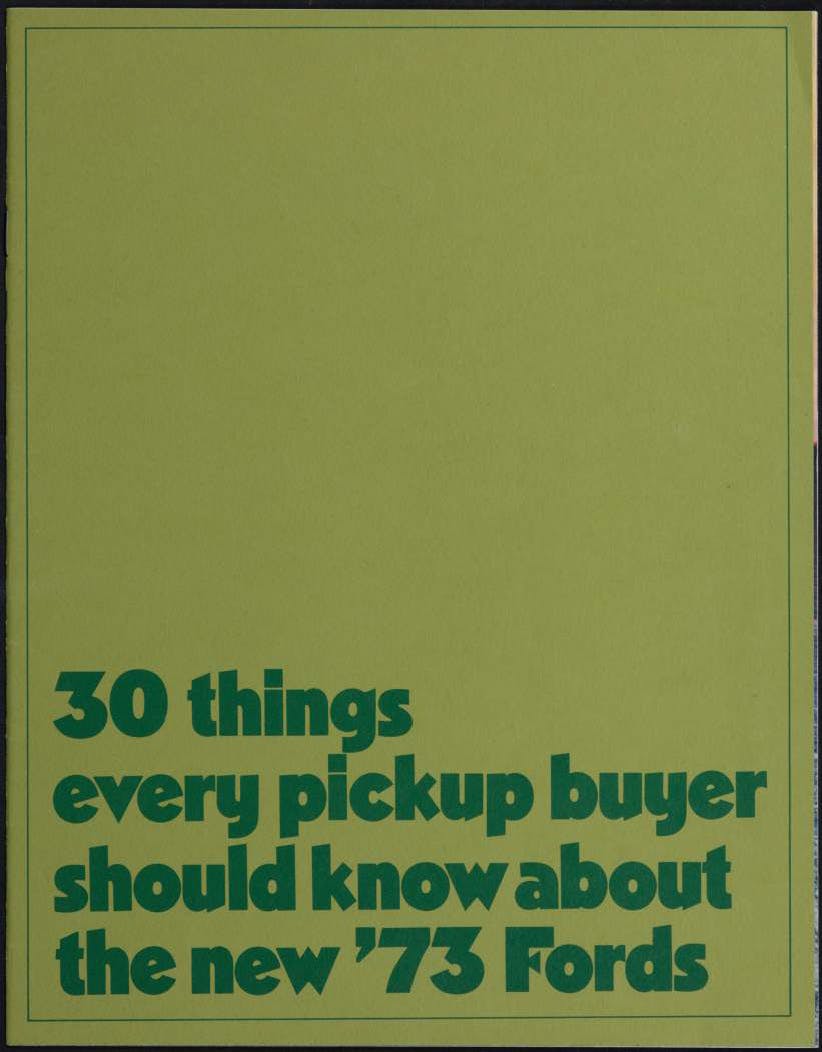

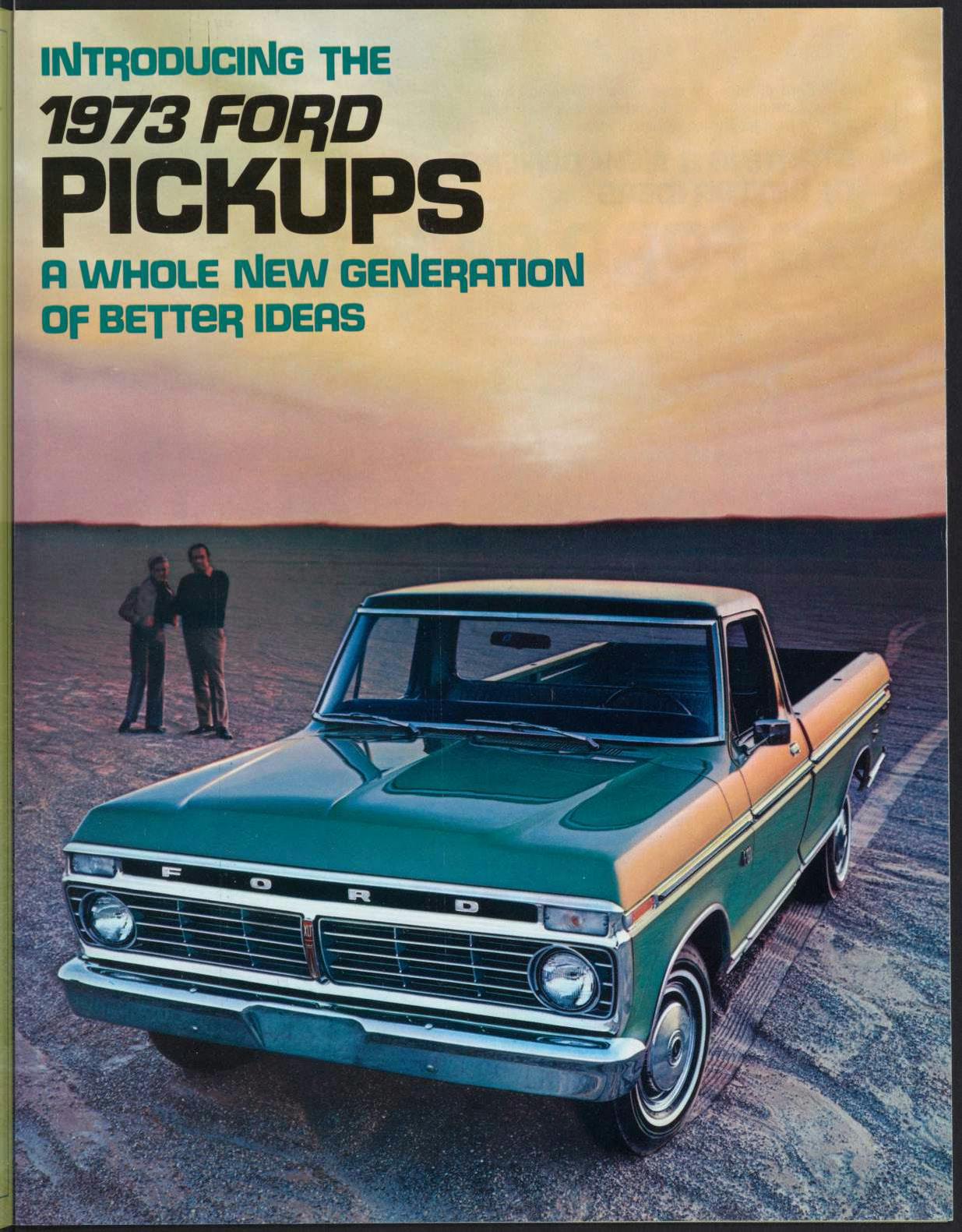
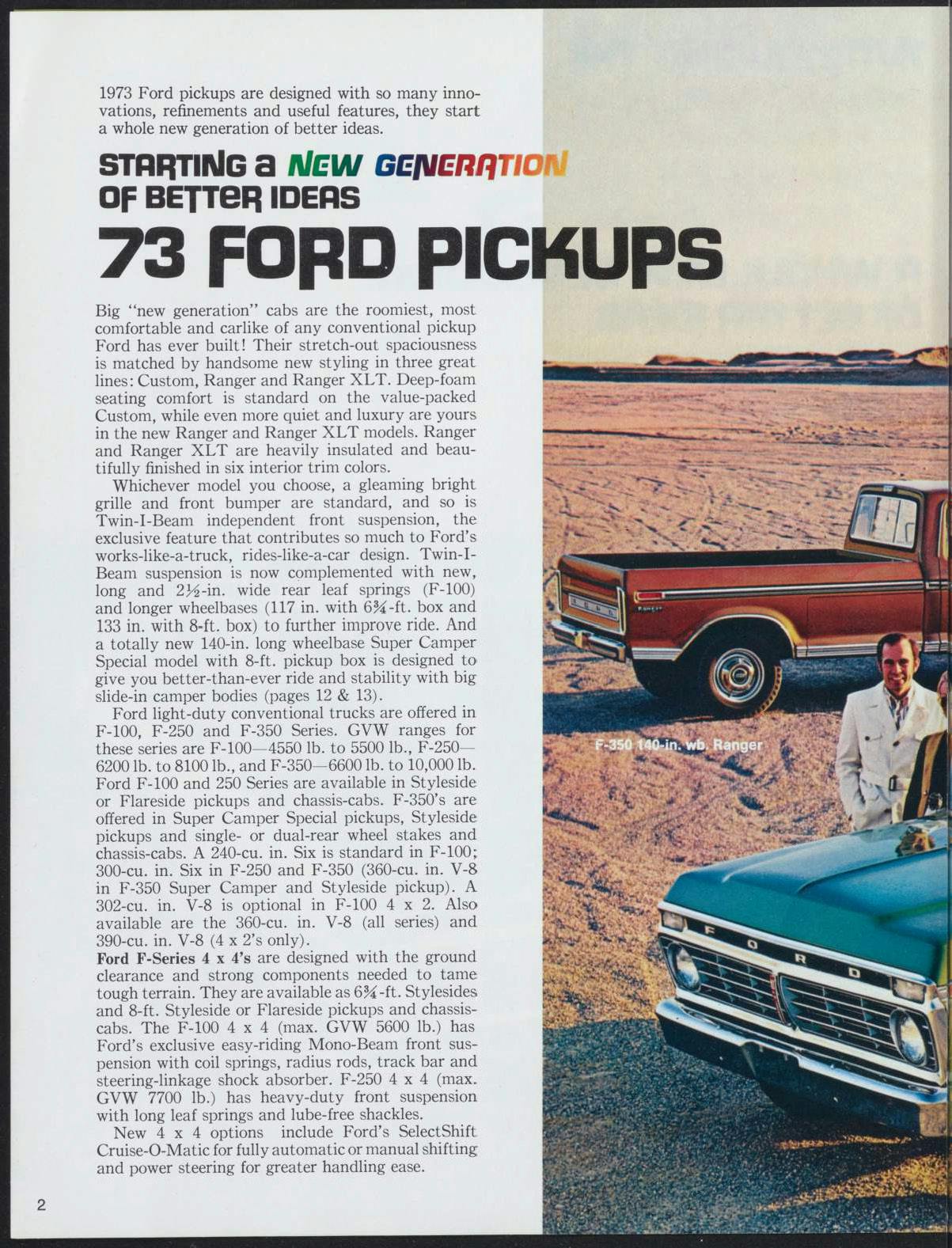
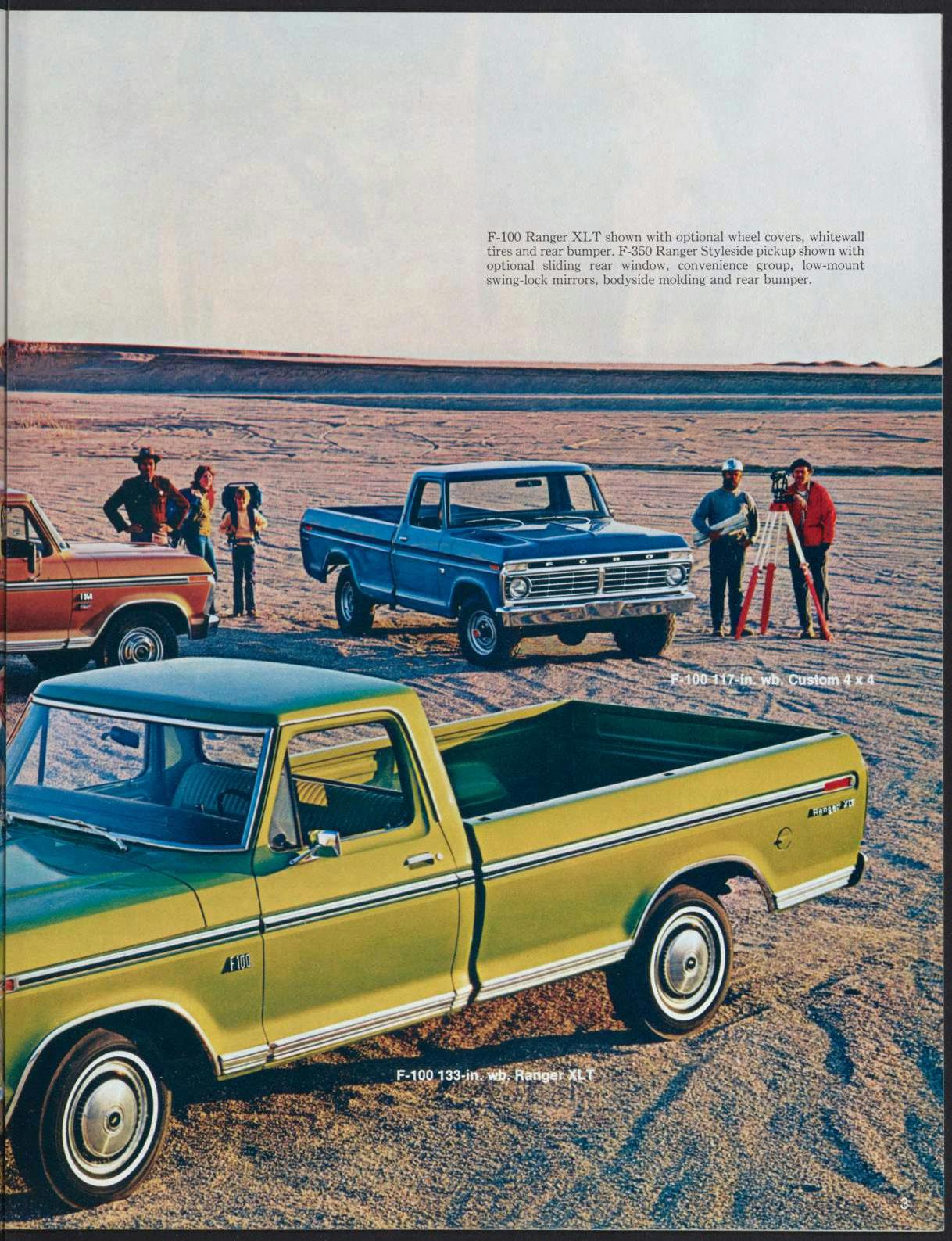
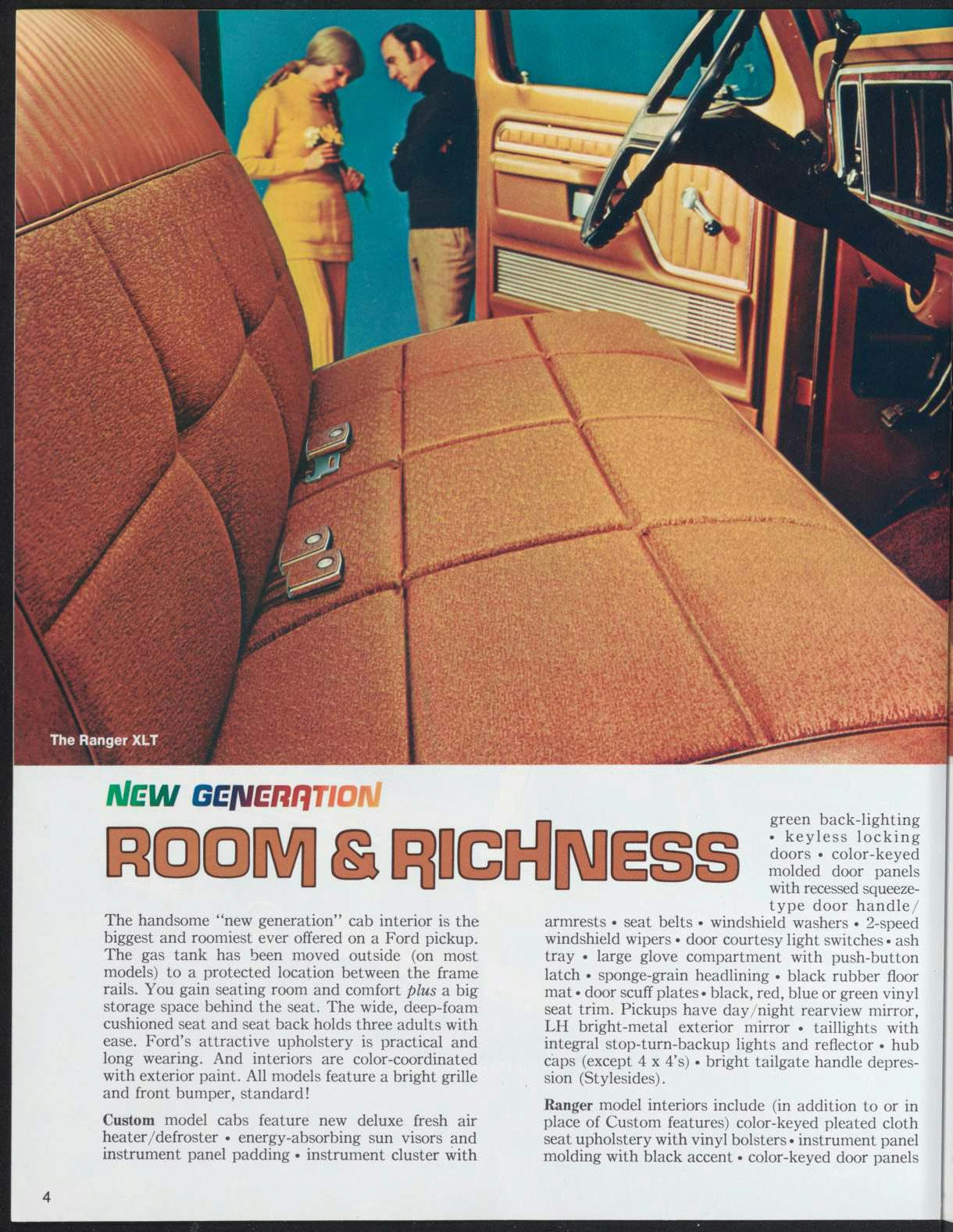
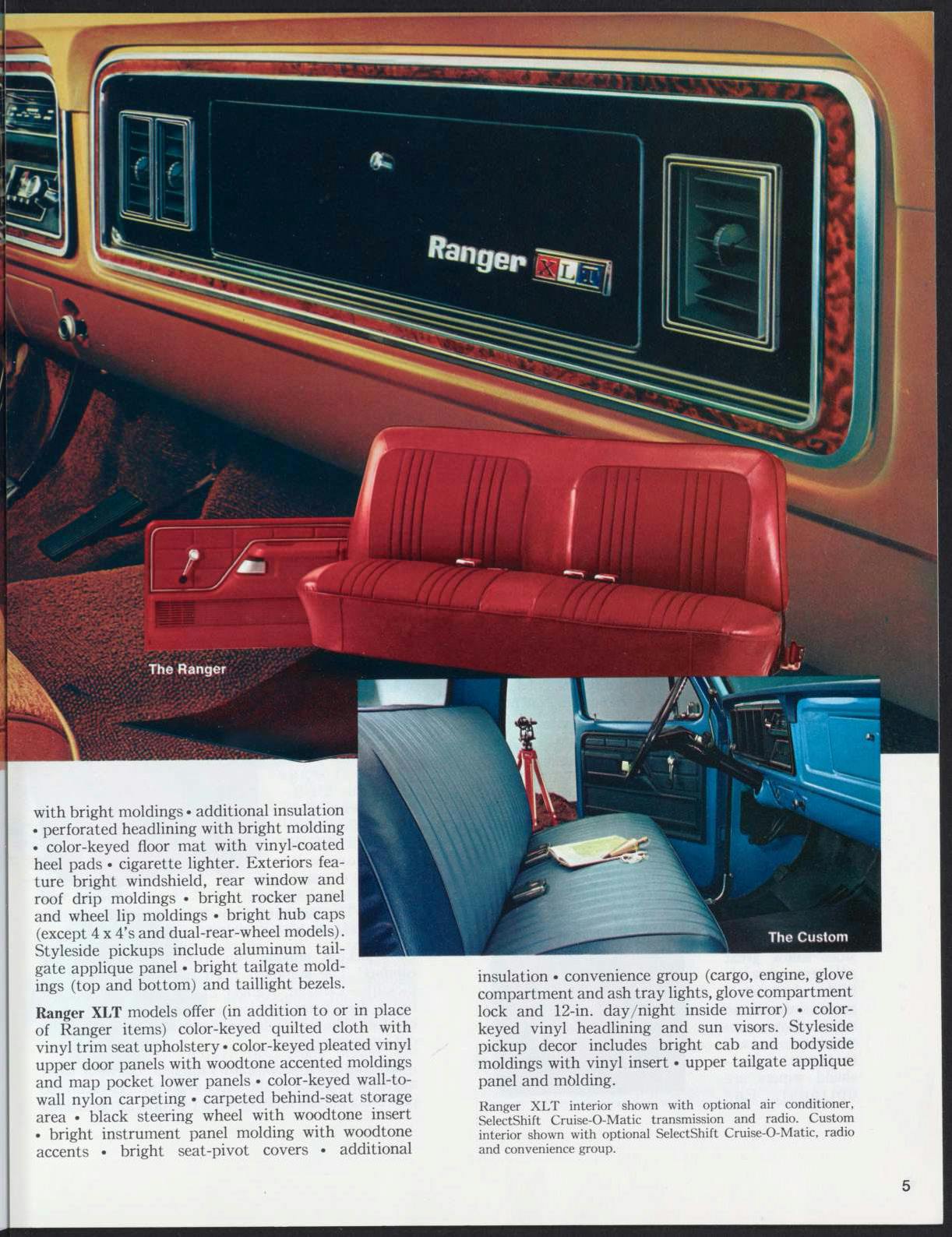
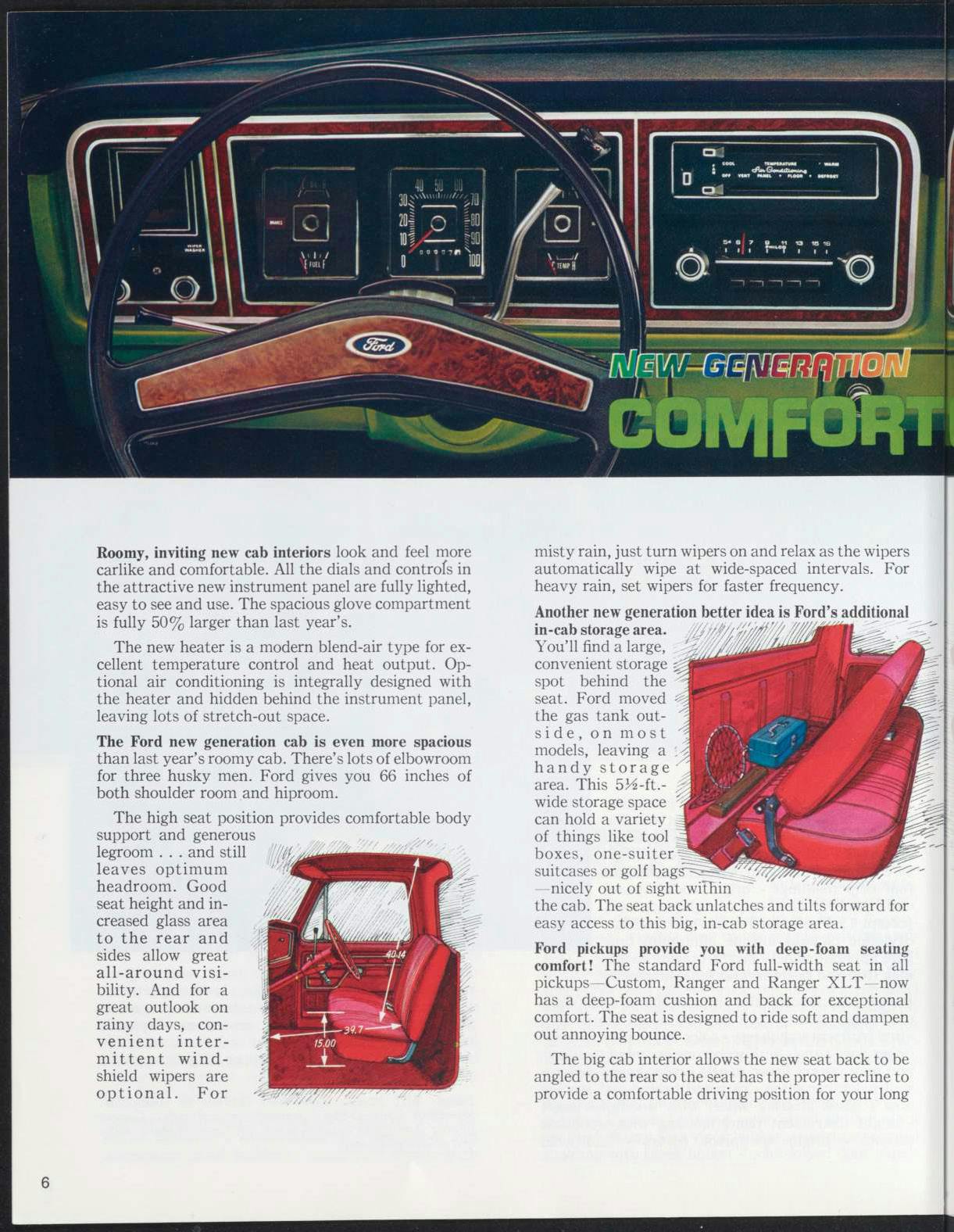
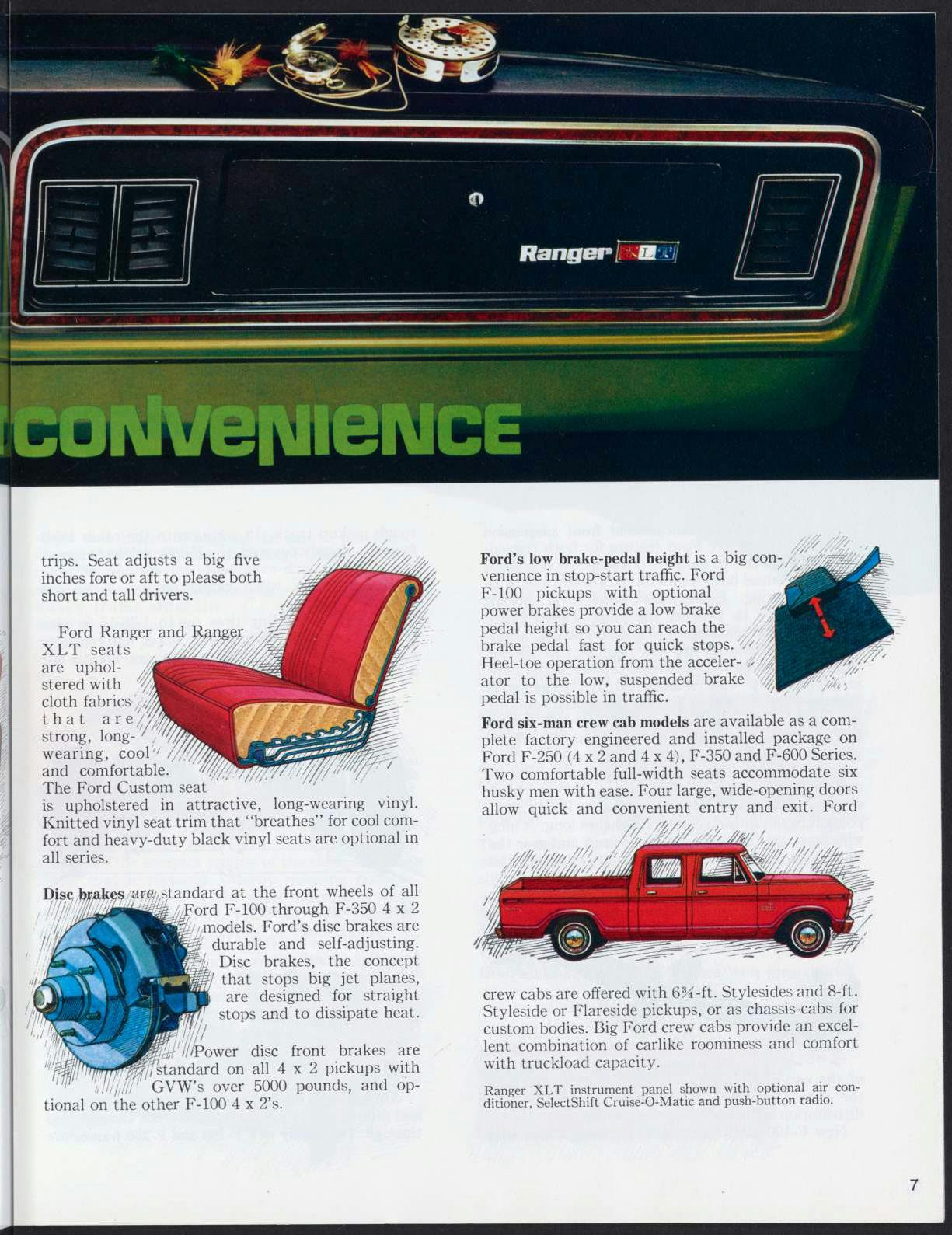
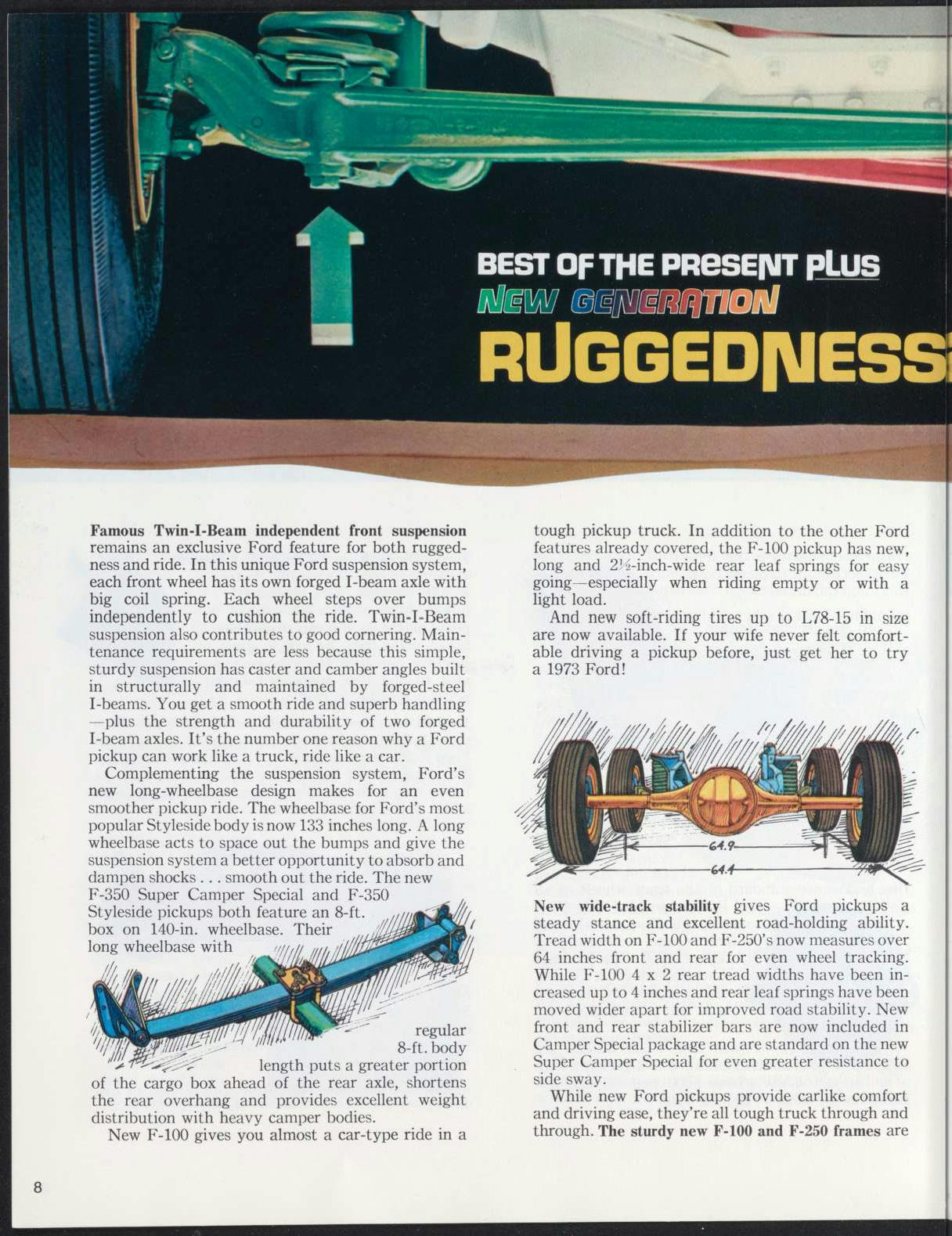
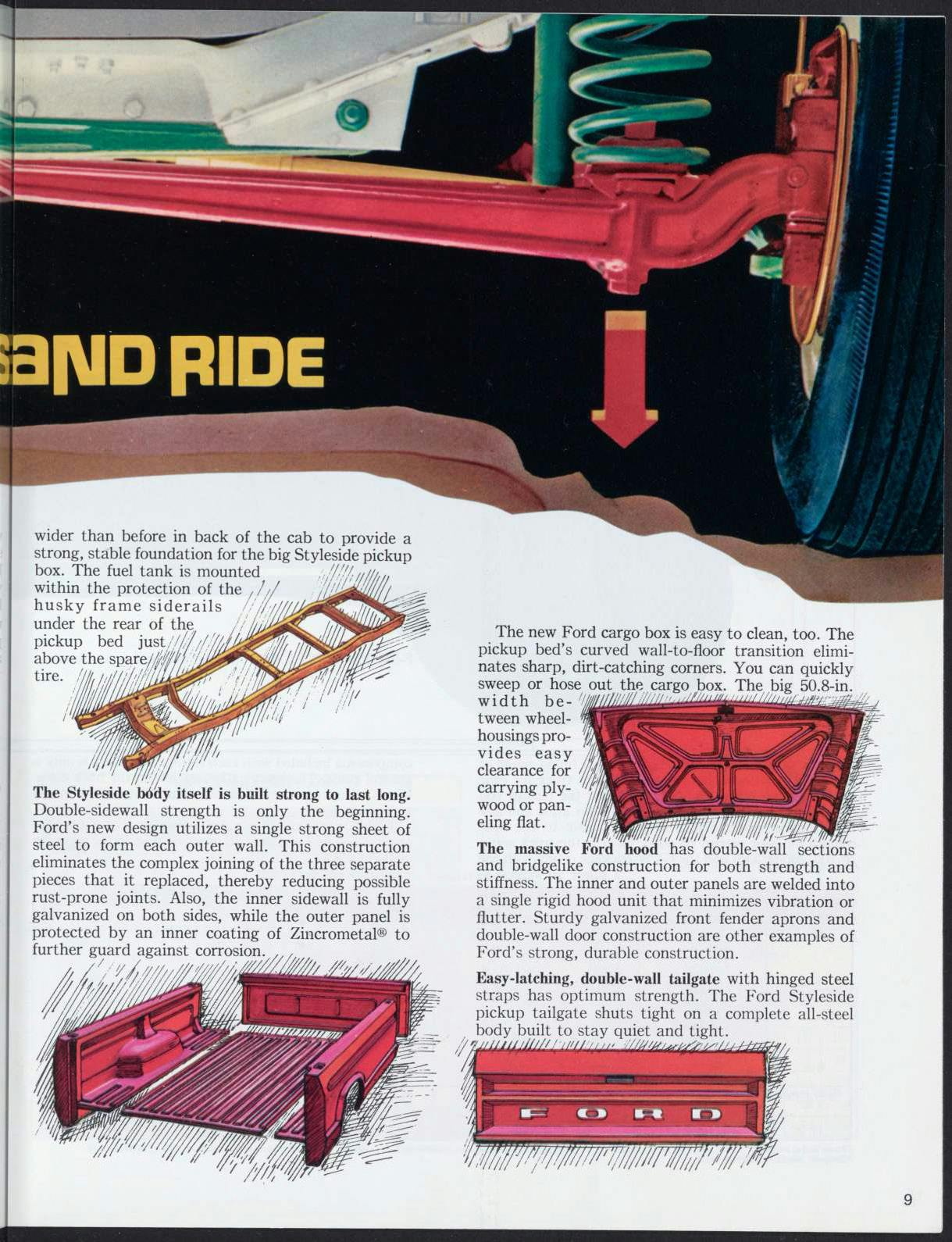
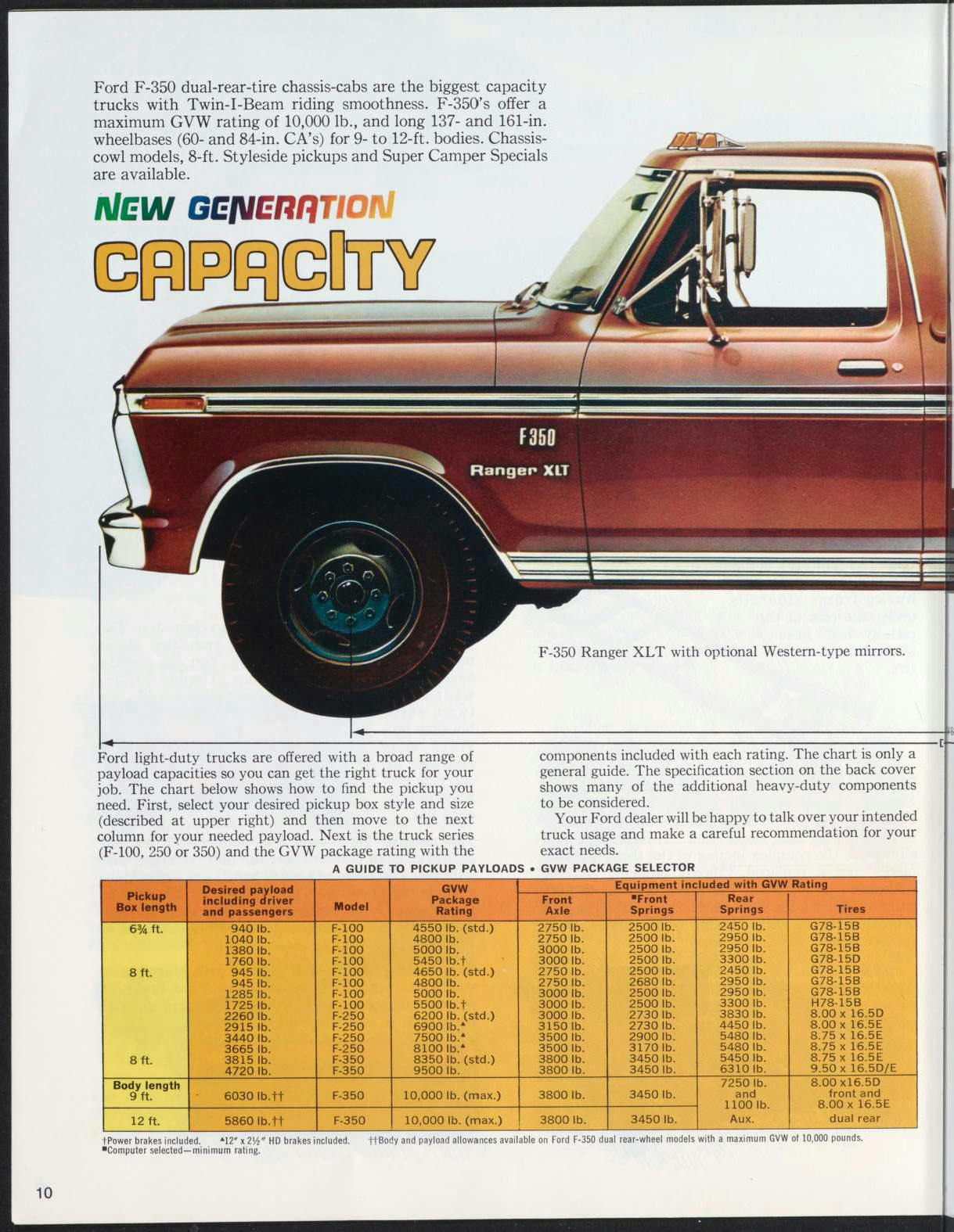
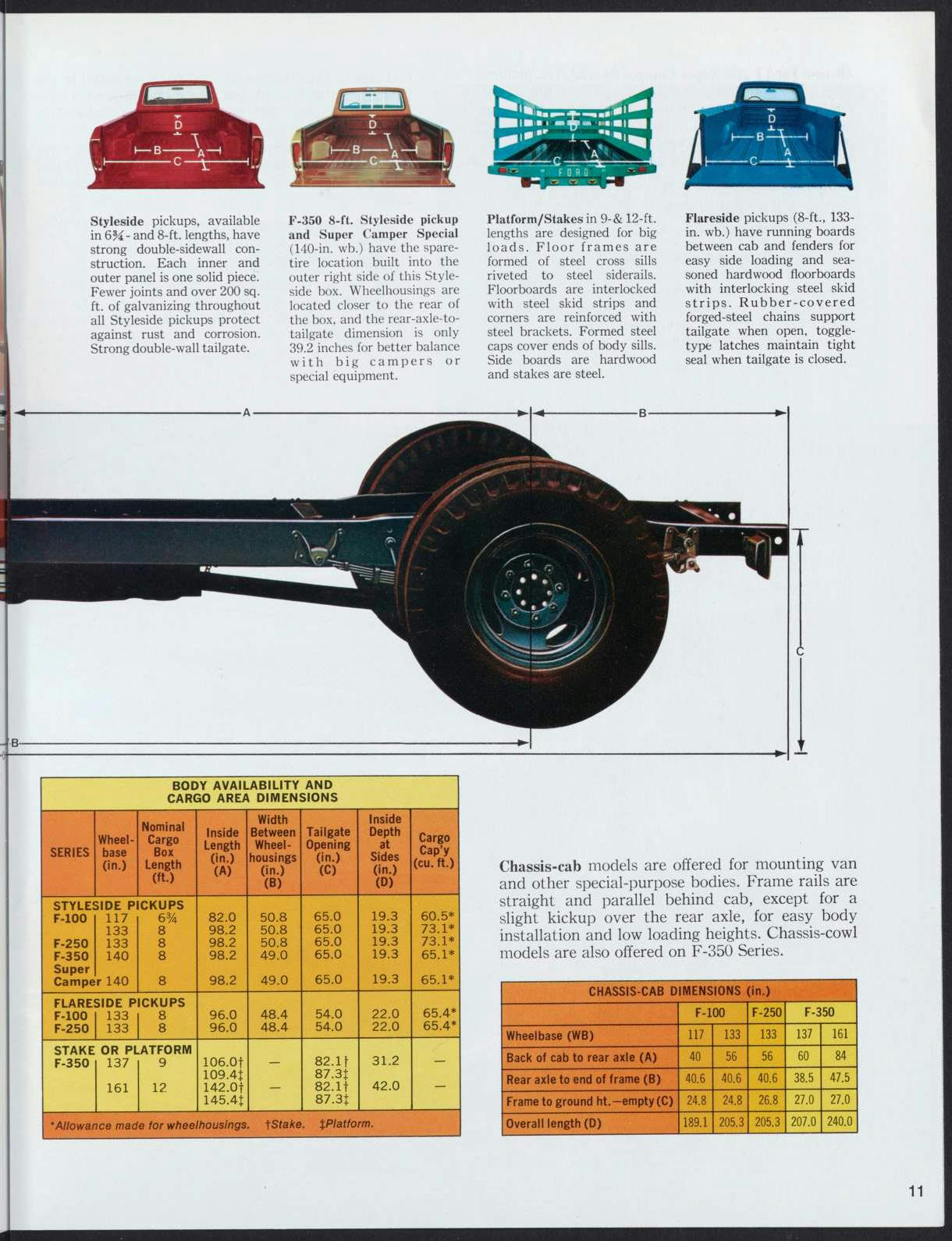
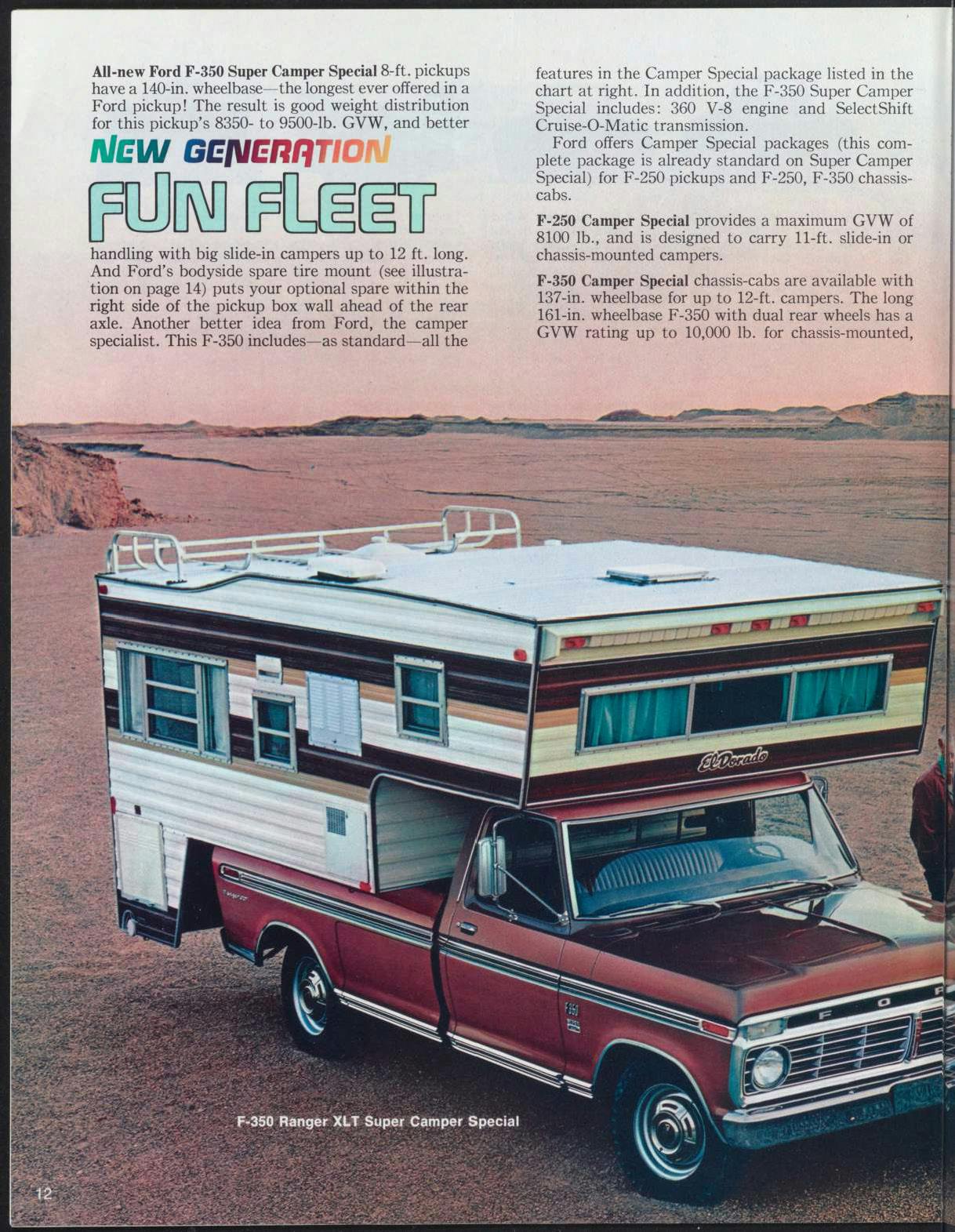
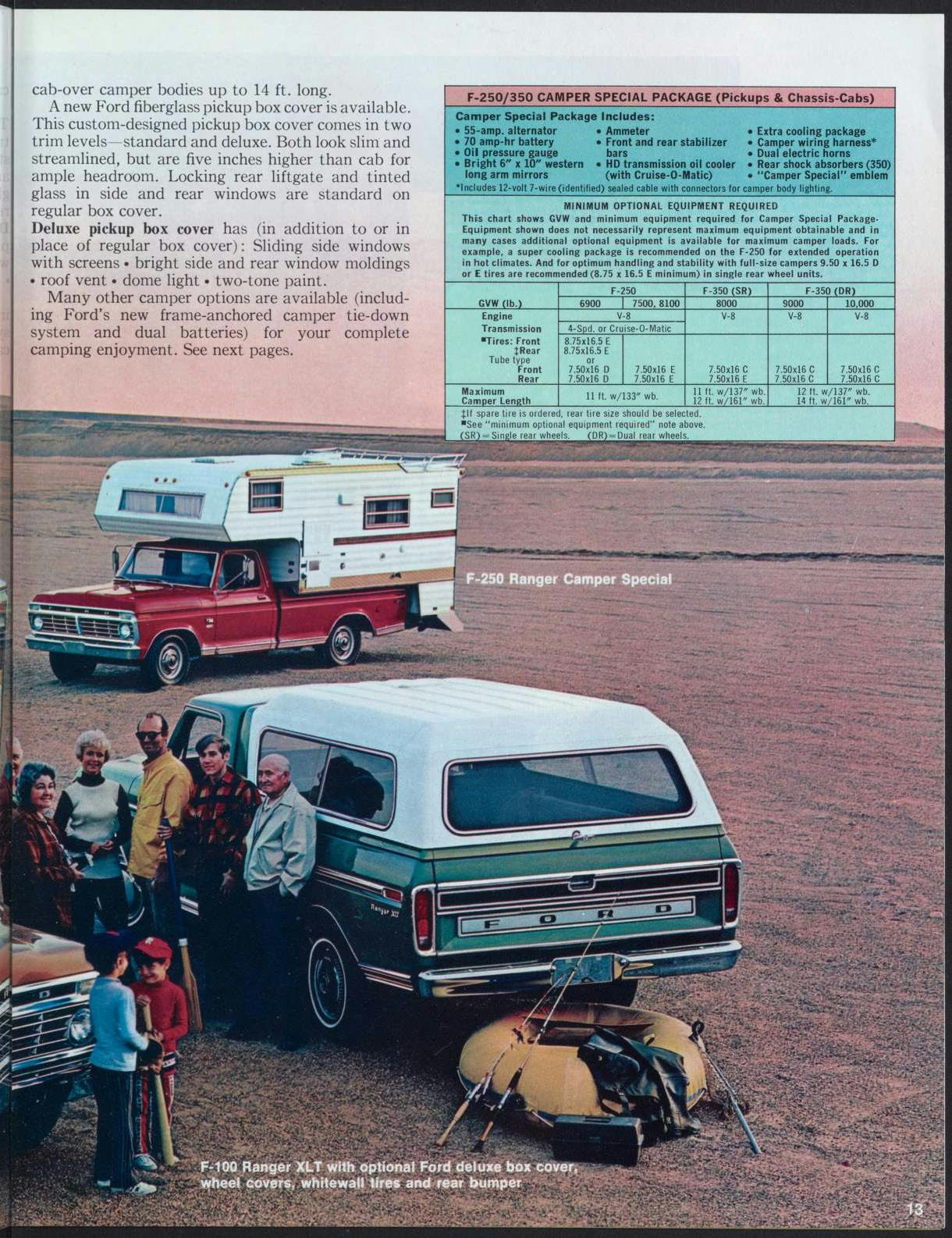
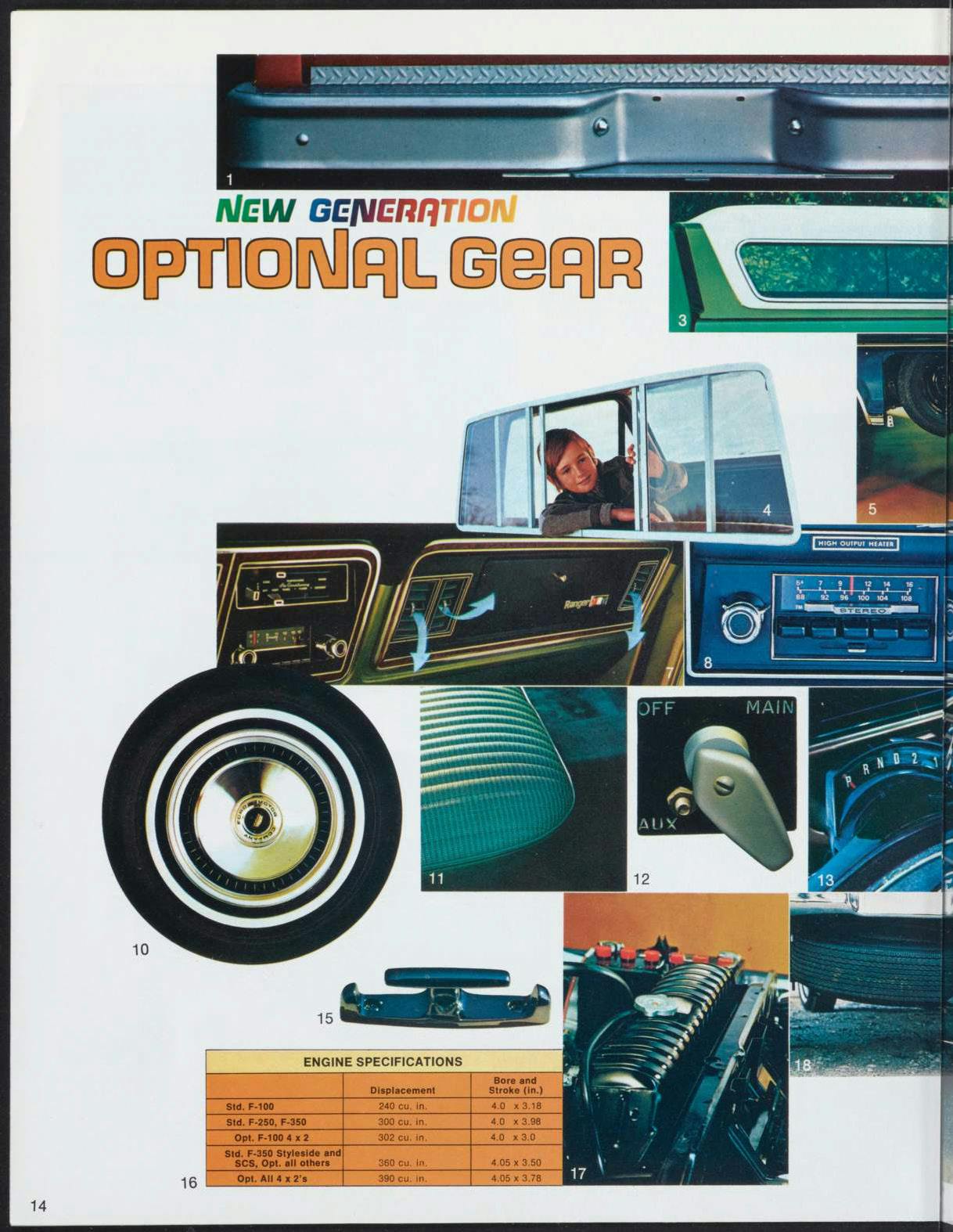
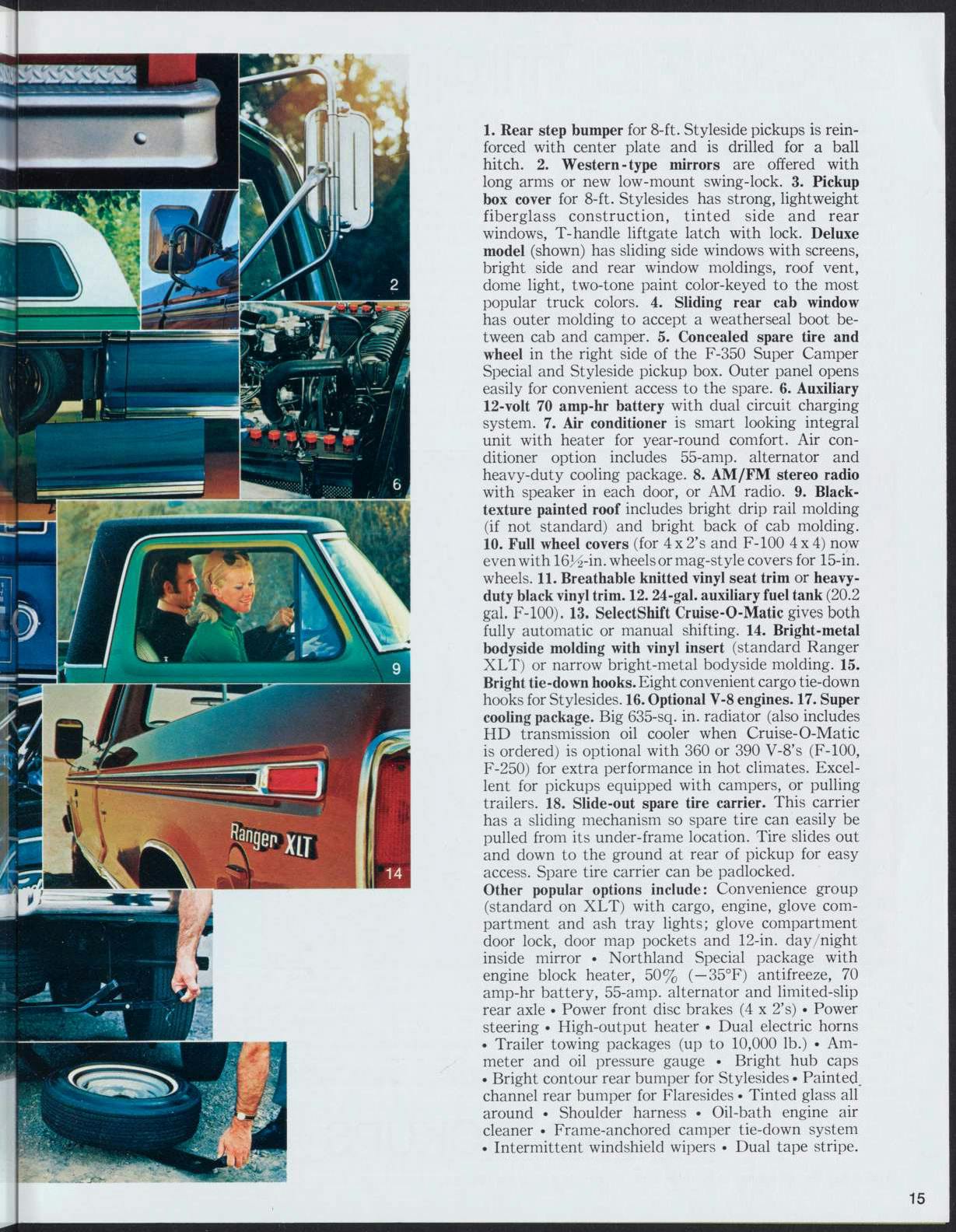
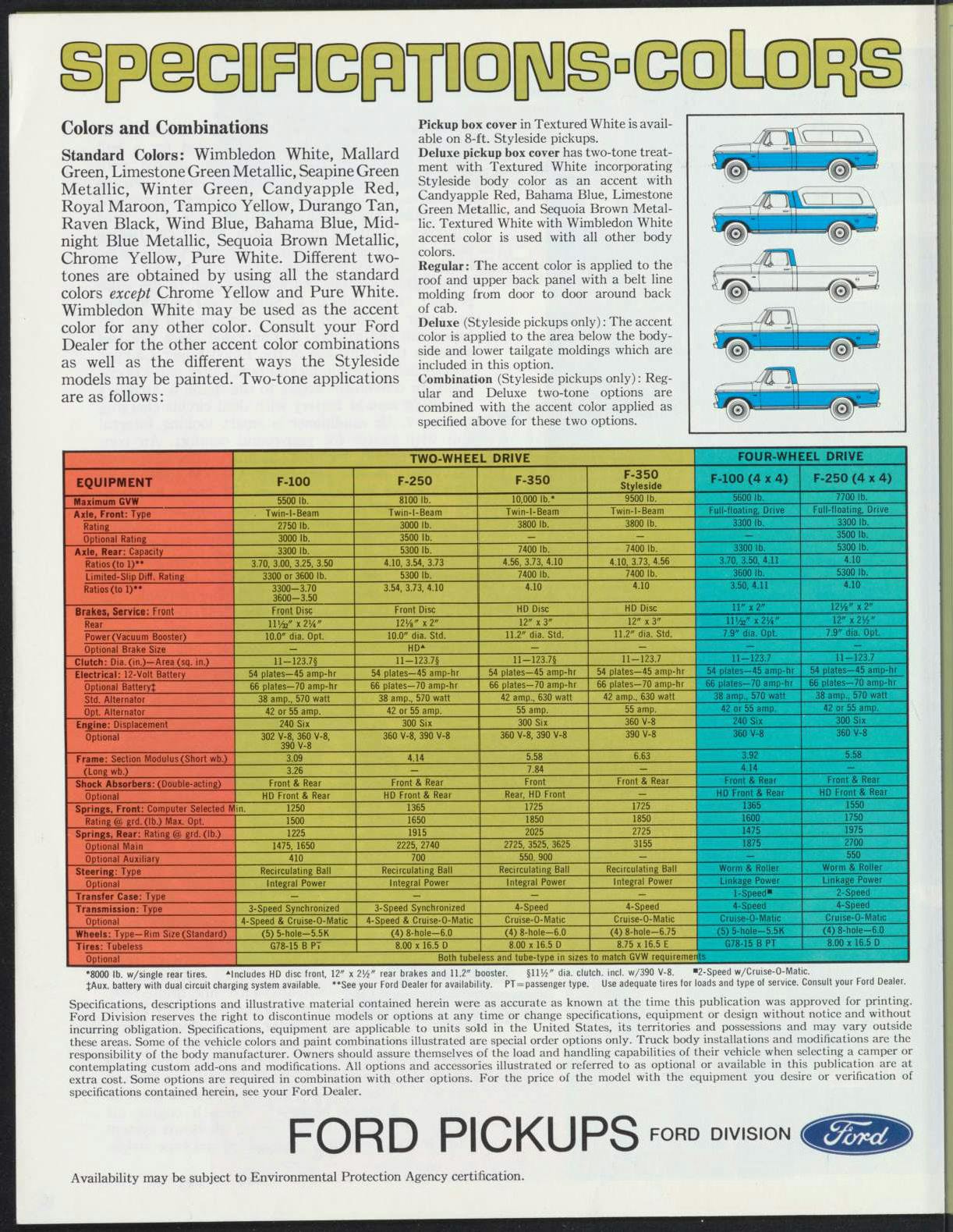
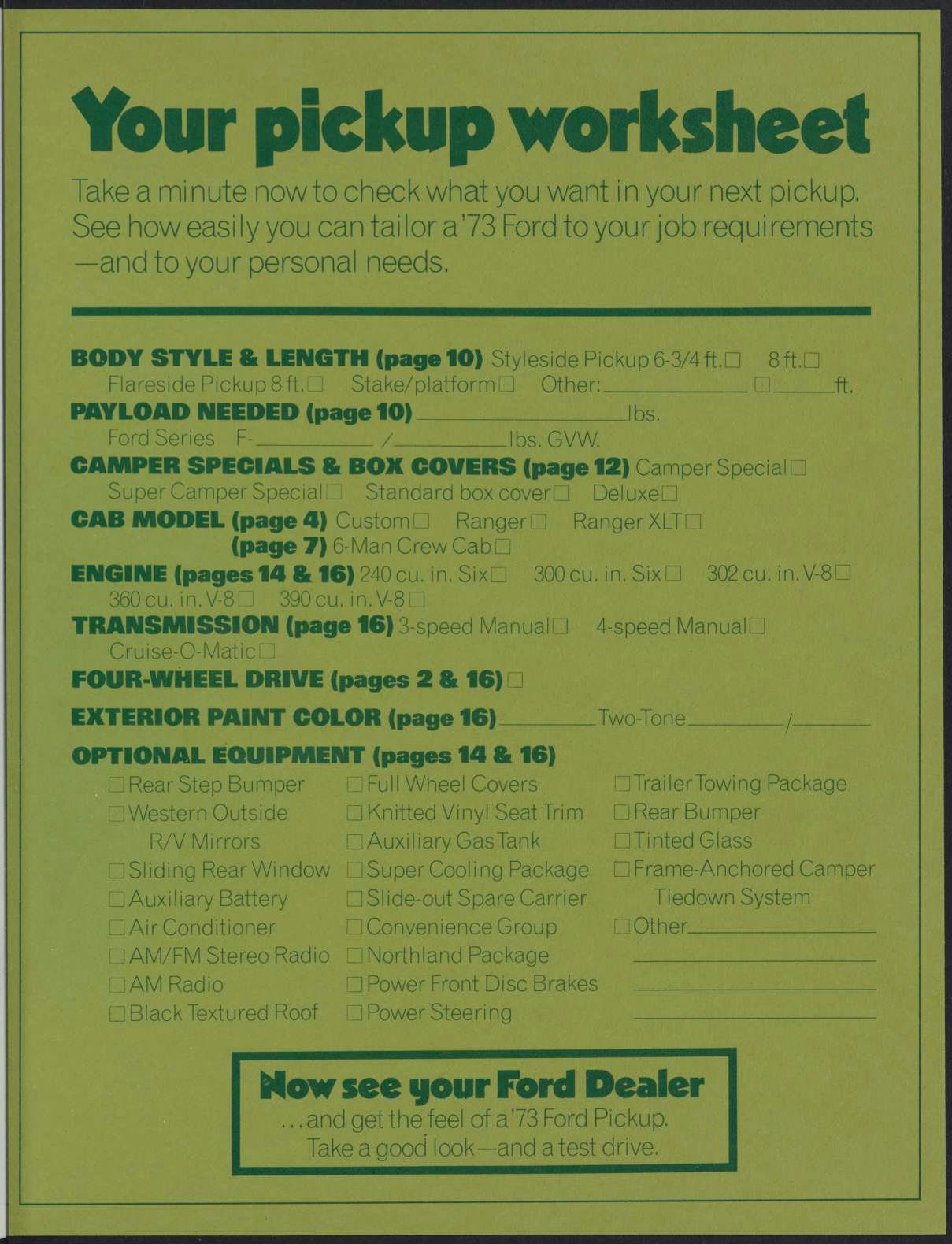

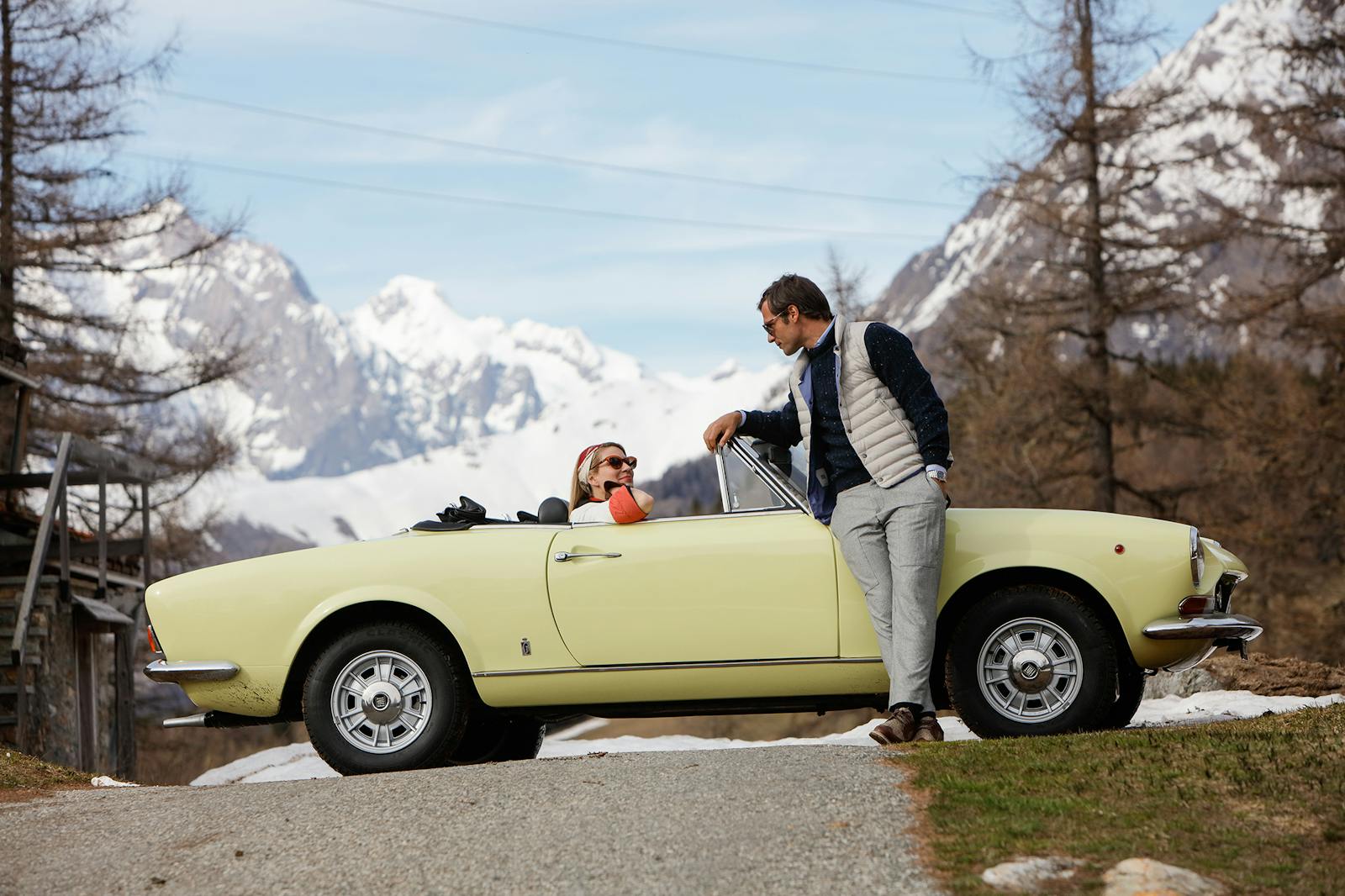
my grandfather bought a f250 highboy new in 76, still have it. i’m a chevy guy but that truck is pretty kool
Great article. I still own my 1974 F-100 4×4 I ordered new. It is in need of tlc because of being a ranch pickup for many years. Your article gave me hope for it’s restoration. Thanks.
You don’t mention the impact of body style or cab configuration on value and it is a MAJOR factor. Crew Cabs and Super Cabs are generally worth more than Regular Cabs.
Nice trucks but the late 60’s are still my favourite. My brother had a 77 highboy for a few years and sold it off.
Me, I’m still wheeling my 67 Mercury M250 4×4 highboy on those summer days and loving it.
Learned to drive in a 73 F250 Highboy on my stepdad’s farm. Hauled hay, furniture, tractor parts all over the place. It finally ended up out behind the barn where my son first saw it and decided he had to have it. 200 hrs of hard farm labor later, we loaded it on a trailer and brought it home. He sold his dirt bike to buy parts and machine work to rebuild the shot 360 into a warmed over 390. I had to fund the rest of the mechanical repairs, which were many. Got it on the road, and the kid decided 8 MPG (downhill with a tailwind) was a little rich for his blood, so he conned me into buying it. No complaints, I love this old truck. Tinker with it in the winter, rip around in the summer. Great old truck.
I am interested in this truck
I have a 1977 1/2 f250 with a 351m. My dad bought it new in September of 1977.. it is an automatic..it had an am radio and bench seat.. I have all the original paperwork..he paid 7800.00 for it..
Iam in the process of restoration..I learned to drive on it ..went out on my first date in it and had my first female encounter on a mattress in the bed at a drive in…
Iam glad I still have it
Mine is a 1979 RANGER LARIAT/302 C 6 AUTO /302 woodgrain interior exd cab w/ jumb seats
orange/cream w/most bells/ whistles/currently being restored